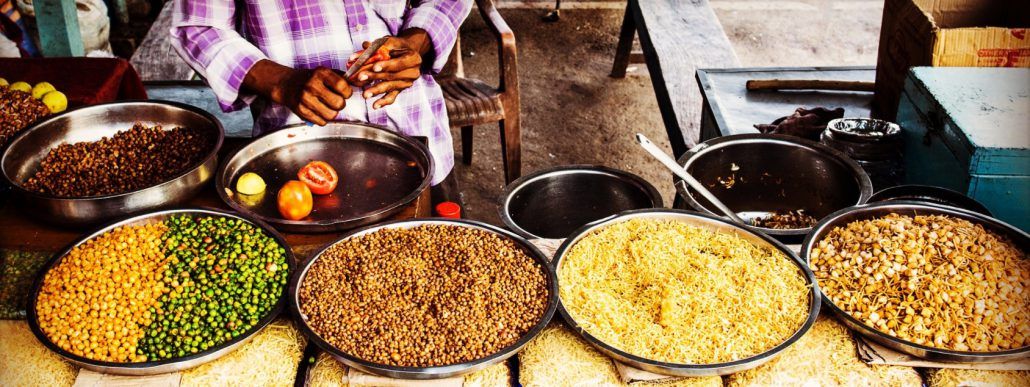“Change will not come if we wait for some other person or some other time. We are the ones we’ve been waiting for. We are the change that we seek” – Barack Obama
I am sure most of us would have heard this, but by 2050 the world’s population is expected to have increased by a whopping 29%. This means the world will have 2 billion more mouths to feed. The FAO reported that, globally, 795 million people are undernourished with more than 50% of those people living in developing countries1. South Africa is one of those developing countries. In reality, we are already in trouble. Now pulling the situation closer to home. The amount of arable land in South Africa is limited. With limited land, it means we have to get by with what we currently have – there is no new land that is going to appear from somewhere. Our population currently sits at 55.9 million people3; however, this is expected to grow in the next 18 years. The current projections show that South Africa’s population will have increased by 58% in 20352. What does this mean? Simply put, it means we need to find a way to make almost twice as much food from the same area of land. This is where sustainability comes in.
Sustainability’s core principles are ensuring economic viability, environmental health, and societal comfort. What we need is sustainable food security in order to prepare for the projected rise in population. With the current unemployment rate sitting at just over 27%, this means more and more people are potentially on the verge of, or already in a place of, hunger. This situation puts pressure on government aid, which further places pressures on taxpayers, resulting in less disposable income to spend on food. That and the added pressure of climate change means it will become more and more expensive to produce food on your farm. The best way to combat this issue is to adopt practices that minimise the use of external resources while maximising the use of on-farm resources. From a farming perspective, this means using less fertiliser but still maintaining yield, importing less feed for animals and relying more on farm-grown feed to meet the demand, using natural resources like water and soil wisely in order to encourage ecosystem services which are vital in farming and keeping our environment clean. Some of the practices that improve farm sustainability have been discussed comprehensively in this blog. Adopting these practices will put South Africa in a better position as the population increases.
If we woke up tomorrow and had 18 million more people to feed, there just wouldn’t be enough food. That is why I emphasise starting to implement the systems now in order to improve the resilience of these adopted systems. Just like population growth will occur gradually, producers also need to start with a gradual adoption of these systems in order to avoid overwhelming themselves with too much with change when there is no longer a choice.
References
-
- FAO, IFAD and WFP. 2015. The State of Food Insecurity in the World 20152.Meeting the 2015 international hunger targets: taking stock of uneven progress. Rome, FAO.
- Strydom N and Struweg J. 2016. Agricultural output versus SA’s population growth. 29 July 2016 issue of Farmer’s Weekly.
- Worldometers 2017.http://www.worldometers.info/world-population/south-africa-population/
- The management of soils with excessive sodium and magnesium levels - 2023-06-12
- Understanding evapotranspiration better - 2021-10-18
- Soil fungi connections - 2021-09-28

